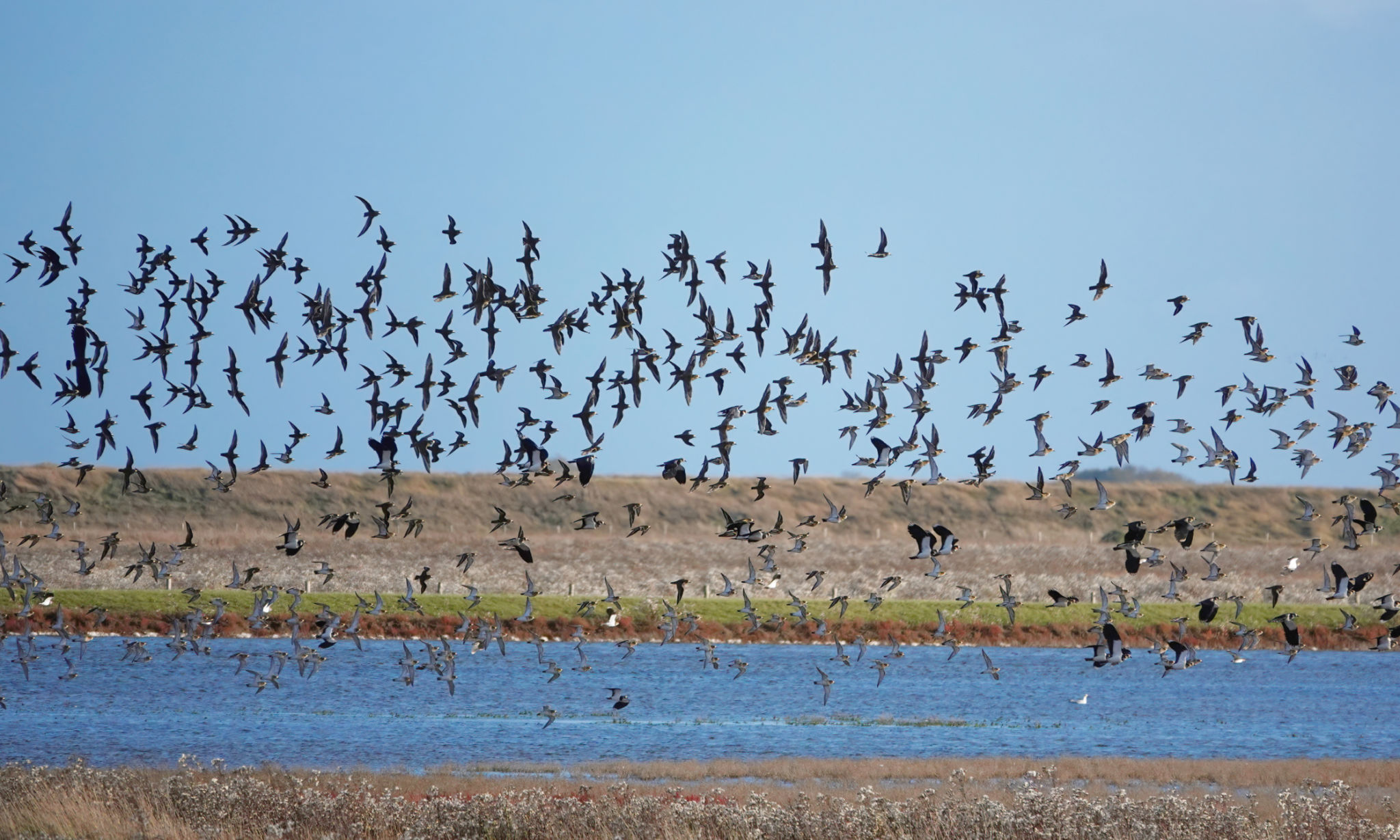Understanding the Role of Power Line Markers in Preventing Bird Collisions
Introduction to Power Line Markers
Power lines are a crucial part of modern infrastructure, delivering electricity across vast distances. However, they also pose a significant threat to birds, which can collide with these lines due to their limited visibility. To mitigate this issue, the installation of power line markers has become an essential strategy in wildlife conservation efforts.
Power line markers are devices attached to overhead wires that enhance visibility for birds. They come in various shapes, sizes, and colors and are designed to catch the eye of birds, helping them avoid collisions. The use of these markers is a proactive step towards reducing avian mortality rates associated with power lines.

How Power Line Markers Work
The primary function of power line markers is to increase the visibility of power lines for birds. Birds often fail to see the thin wires suspended in their flight paths, especially during poor weather conditions or when distracted by other environmental factors. Markers make these wires more noticeable, allowing birds to change their flight path and avoid impact.
Markers are typically bright and reflective, utilizing colors and materials that stand out against natural backdrops. Some even incorporate movement or flashing lights to further attract attention. By enhancing the visual presence of power lines, these markers effectively decrease the likelihood of bird collisions.
Types of Power Line Markers
There are several types of power line markers available, each suited to different environments and species. Some common types include:
- Spiral markers: These are twisted around the wire and are effective due to their bright colors and large surface area.
- Balls or spheres: Often installed on transmission lines, they provide a highly visible target for birds.
- Flappers: These utilize movement or reflective surfaces to catch a bird's attention.

The Impact of Bird Collisions on Wildlife
Bird collisions with power lines are a significant conservation concern, particularly for larger species such as raptors and waterfowl. These incidents can lead to injury or death, impacting bird populations and biodiversity. Some species, already threatened or endangered, face increased pressure due to these avoidable accidents.
In addition to direct impacts on bird populations, collisions can also affect ecosystems by altering predator-prey dynamics and disrupting breeding patterns. Understanding and addressing these challenges is crucial for maintaining healthy wildlife populations.
Benefits of Implementing Power Line Markers
The use of power line markers offers numerous benefits beyond reducing bird collisions. These include:
- Conservation: Helping to preserve avian species and maintain biodiversity.
- Cost-effectiveness: Reducing the need for costly repairs and legal liabilities associated with bird strikes.
- Public Relations: Demonstrating a commitment to environmental stewardship and wildlife protection.

Challenges in Implementing Power Line Markers
Despite their benefits, implementing power line markers presents challenges. These include the cost of installation and maintenance, as well as the logistical difficulties of accessing remote or difficult-to-reach power lines. Additionally, not all markers are equally effective in all environments, necessitating careful selection and strategic placement.
Nevertheless, advancements in marker design and materials continue to improve their efficiency and adaptability, making them an increasingly viable solution across diverse settings.
The Future of Bird Protection Strategies
The future of bird protection will likely involve a combination of technologies and strategies. In addition to power line markers, emerging solutions such as radar systems and artificial intelligence may play a role in further reducing bird collisions. Collaborative efforts between energy companies, conservationists, and researchers will be crucial in developing comprehensive approaches that safeguard both wildlife and infrastructure needs.
Ultimately, understanding and addressing the role of power line markers is vital for protecting bird populations while balancing the demands of modern energy distribution.